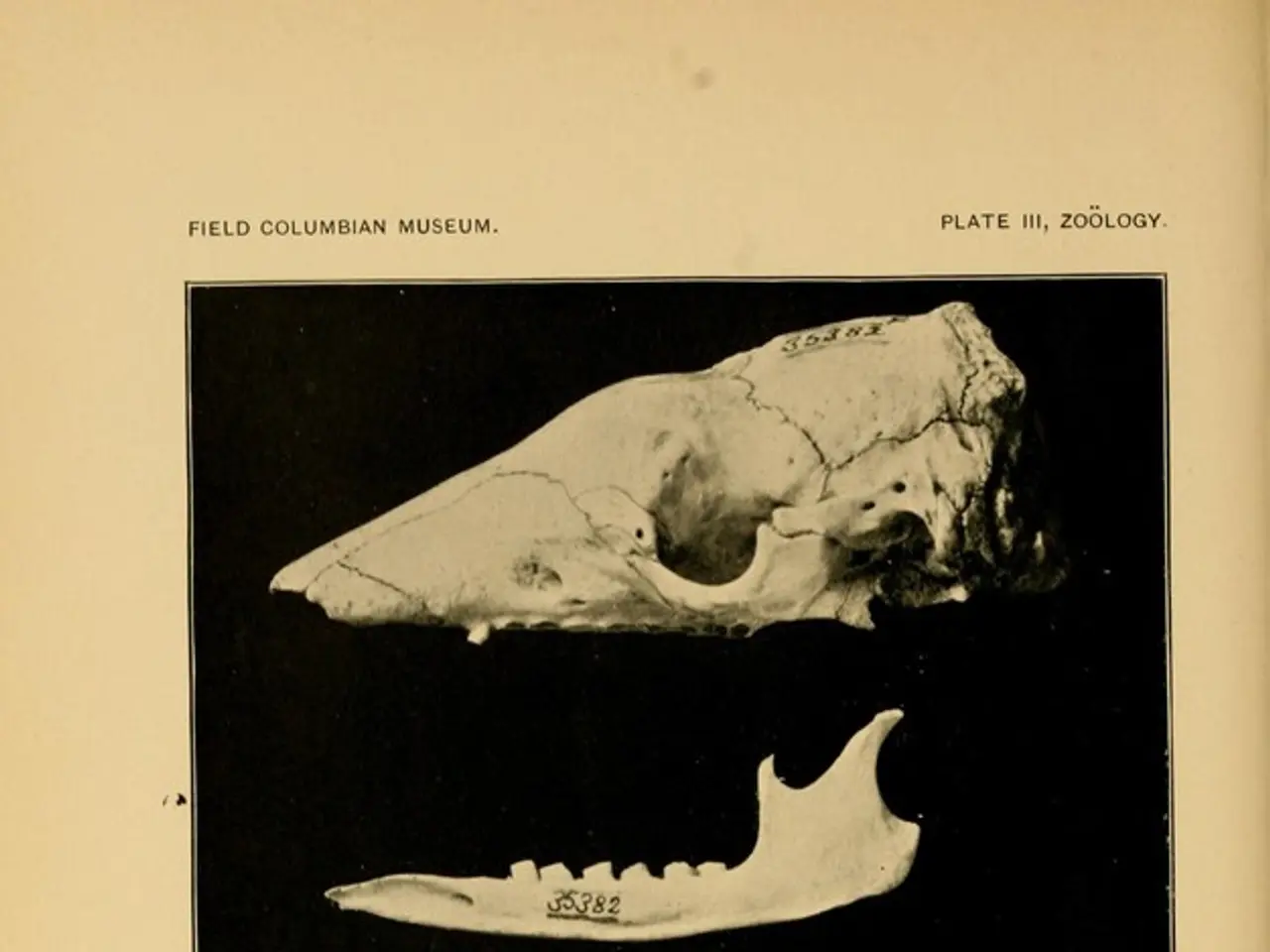Shoulder Hypermobility: Causes Explored and Beyond
People with hypermobile shoulders, a condition often associated with Ehlers-Danlos syndrome (EDS) and Down syndrome, frequently experience symptoms such as joint instability, pain, and an increased risk of dislocations or subluxations. The root cause of these symptoms lies in the overly stretchy or fragile connective tissues, including ligaments and tendons, that stabilize the shoulder joint. This condition arises due to genetic factors affecting collagen structure and function.
Common Symptoms
Individuals with hypermobile shoulders often grapple with joint instability and looseness, leading to frequent subluxations or dislocations. Chronic pain around the shoulder joint is another common issue, stemming from overuse, instability, or compensatory muscle strain. Muscle fatigue and tension are also common as the body tries to stabilize the unstable joint, sometimes causing referred pain in the shoulder/upper back region. Reduced function or limited ability to perform physical tasks due to pain or instability is another challenge faced by those with hypermobile shoulders.
Causes
The primary cause of hypermobile shoulders is genetic connective tissue disorders like Ehlers-Danlos syndrome, which involve faulty collagen synthesis, leading to overly elastic and fragile connective tissues. Associated conditions like Down syndrome can also show joint hypermobility, but this is typically due to ligamentous laxity inherent to the syndrome. Generalized hypermobility affects the stability of all joints, including the shoulders; repeated stress on hypermobile joints can worsen symptoms.
Treatment Options
Conservative and non-surgical management is preferred for managing hypermobile shoulders. The cornerstone of treatment is physical therapy, which focuses on strengthening the muscles around the shoulder to improve dynamic joint stability, avoiding activities that cause pain or overextension of the joint, using low-impact exercises to maintain fitness without joint strain, and employing isometric and closed kinetic chain exercises to increase joint support without risking hyperextension.
Medication is primarily used for pain management, with nonsteroidal anti-inflammatory drugs (NSAIDs) being the first choice. Narcotics are generally avoided except for short-term use after acute injury. Lifestyle modifications, such as avoiding positions and activities that provoke hyperextension or pain, making ergonomic adjustments at work or during daily activities, and using joint bracing or support devices temporarily during activities that threaten joint stability, also play a crucial role in managing hypermobile shoulders.
Surgical intervention is usually reserved for severe cases with recurrent dislocations or joint damage, but comes with higher risk due to tissue fragility, poor wound healing, and vascular complications in EDS patients. Surgery outcomes are variable, so it is considered only when conservative measures fail and should be performed by specialists experienced with EDS.
In summary, hypermobile shoulders related to EDS or Down syndrome manifest mainly as joint instability and pain due to connective tissue defects. Management largely emphasizes physical therapy, pain control, and lifestyle adjustments to promote joint stability and prevent injury, with surgery as a last resort under expert care.
In addition, chronic pain in individuals with hypermobile shoulders can be addressed through mental health strategies and alternative treatments such as CBD oil, known for its potential therapeutic benefits on neurological disorders and pain management. Maintaining good mental health is essential for coping with the challenges associated with chronic conditions like hypermobile shoulders.
Furthermore, medical research and advancements in science continue to explore the potential benefits of fitness and exercise for individuals with chronic-diseases like Ehlers-Danlos syndrome or Down syndrome. Regular exercise can help improve overall health and wellness, increase joint stability, and reduce symptoms of hypermobile shoulders.
However, it is important to consult with healthcare professionals before beginning any fitness regimen to ensure safety and effectiveness for each individual's unique circumstances.
Lastly, individuals with hypermobile shoulders or other chronic diseases should be aware of the increased risk of developing neurological disorders due to genetic factors affecting collagen structure and function. Close monitoring by medical professionals and early intervention can help mitigate potential complications and ensure optimal health.





